Growing tree hazel
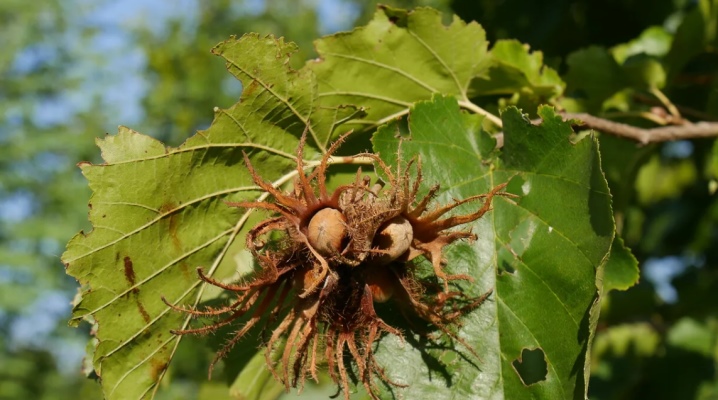
Treelike hazel is a rather rare plant that is distinguished by its durable and attractive wood. In the natural environment, it can be found only in areas to which human access is limited. That is why culture is included in the Red Book.
Peculiarities
Treelike hazel, also known as Turkish walnut, grows like a normal tree, not a shrub. In the natural environment, its height can reach 30 meters, and in domestic latitudes, the standard size usually does not exceed 8 m. It should be noted that this is a rather impressive long-liver, the lifespan of which can be up to 200 years.
A distinctive feature of the culture is the presence of cone-shaped foliage, as well as a brown trunk. The leaves reach a length of 12 cm, a width of 9 cm and are characterized by a unique shape. The shoots are distinguished by a grayish tint, the buds are oblong. The wide root system provides an excellent ability to extract moisture from the soil.
The leaves are characterized by a green tint and retain it until the end of autumn, which makes the culture also an excellent decorative element. Flowering begins early enough, in early spring.

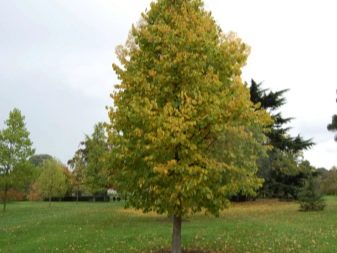
Among the positive qualities of hazel are the following:
- excellent ability to cope with climatic conditions, so that the tree can grow even in the most difficult regions;
- a large number of fruits every year;
- nuts belong to the category of diet food;
- the durability of the tree allows it to be used as a hazelnut stock.

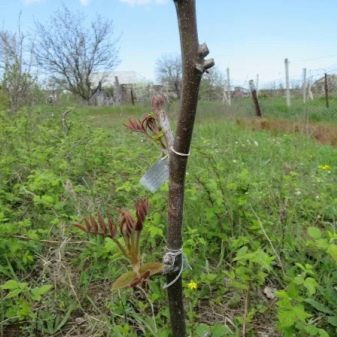
The main disadvantage of this type of nut is the presence of small fruits with a sufficiently strong shell. In addition, the trees are very tall, which makes the harvesting process much more difficult. The first fruits after planting can be seen only after 7 years.
Seeds of tree hazel, with regular use, have a positive effect on human health. Nuts are rich in proteins, healthy fats, and a whole range of vitamins and minerals. That is why the product helps to increase the level of hemoglobin and strengthen immunity, has a positive effect on metabolism, promotes the removal of phlegm from the bronchi, regulates hormonal levels and dissolves sand in the kidneys. In addition, nuts are used by men to improve potency and restore liver tissue.


Growing conditions
The ideal place for growing tree hazel is the forest-steppe, as well as mountain forests and forest edges. This creates the optimal level of moisture and temperature, which contributes to more efficient and faster growth of the tree. In addition, you can see the bear nut near rivers, as well as in places that are characterized by high levels of humidity.
The most optimal for this culture are limestone soils. At the same time, the tree does not tolerate compacted soil, since it cannot receive the required amount of nutrients from it.
The unique properties of this plant allow it to grow quickly even in shade conditions. Feels good next to beech, oak and maple. It is able to cope with extremely low temperatures, therefore it is excellent for growing even in northern regions.
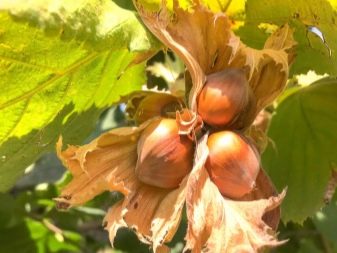
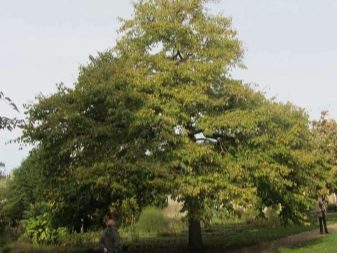
Planting and leaving
Planting of seedlings is usually carried out in early September, and plants that are distinguished by the presence of a closed root system show the greatest survival rate. In order to prevent the withering away of young individuals, you should choose the most fertile land with excellent drainage.
If the area is located on sandy soil, then it will be necessary to add compost or organic matter on a regular basis for greater nutritional value. There should be a gap of 5 or more meters between the hazel trees, which is quite enough for the active growth of the tree.
In order to achieve an optimal result, when planting, it is necessary to carry out preparatory work, which consists of the following:
- a hole is dug in advance, the depth of which is about 50 cm;
- several kilograms of humus and various fertilizers are introduced into the ground, which are designed to provide the future tree with all the necessary nutrients;
- the place is moistened in advance, which will allow the plant to receive a sufficient amount of moisture for growth in the future.
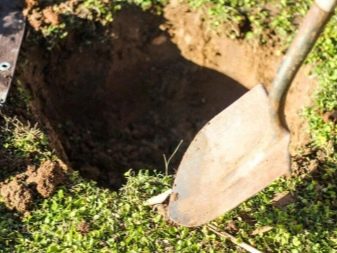
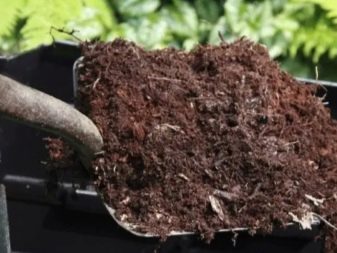
Before planting, the roots of trees must be cut and moistened with clay. This greatly increases the chances of culture survival. After planting, good watering should be carried out, and the circle should also be mulched. Among the main advantages of this process are the following:
- maintaining the moisture level and optimal soil consistency;
- prevention of overheating and freezing of the plant, which is especially important for cold regions;
- preventing soil erosion;
- contributing to the emergence of a more powerful root system.
Young seedlings of the culture will be able to take root if you strictly follow the planting rules:
- no other trees or shrubs should grow within a radius of 5 m from each seedling;
- it is best to pour pebbles into the pit;
- drainage is closed with bark;
- the use of rotted manure will have a positive effect on the condition of the soil;
- add a little superphosphate and ash to the soil, which will positively affect the nutritional capacity of the soil;
- cover the roots with fertile soil and humus.
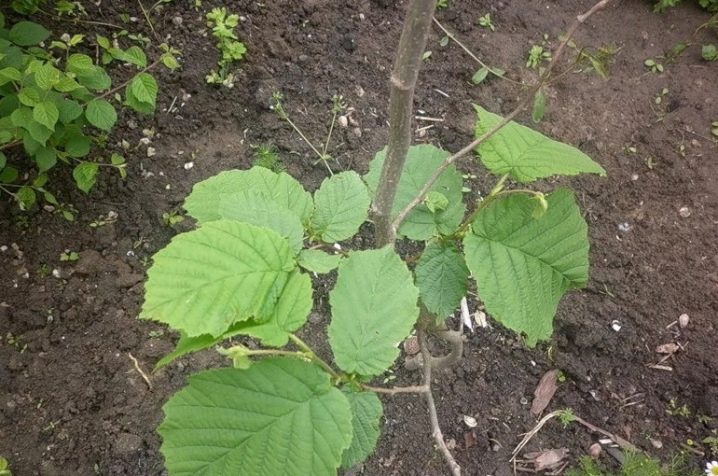
Crop maintenance does not bring any problems, as the plant is able to cope with extreme conditions. Proper care involves constantly getting rid of weeds, loosening the soil to ensure that the optimal amount of oxygen is supplied to the roots, as well as providing water and fertilizers.
For the first time, watering a seedling is necessary 7 days after planting. In the future, watering is carried out every month. Each tree needs 30 liters of water, and during dry periods, it is necessary to moisturize much more often. At the beginning of the life of the plant, it is necessary to ensure that the earth does not dry out, otherwise this can negatively affect growth.
One of the most important steps in care is feeding, which is done in early spring.
An excellent option would be to introduce 50 g of ammonium nitrate under the tree, which makes it possible to stimulate the ripening of fruits. In the fall, it is also necessary to carry out top dressing, and potash fertilizers are ideal for this.
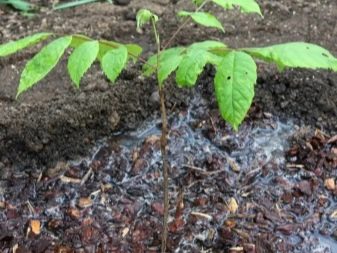

Pruning is best done in the spring, before the growing season begins. A distinctive feature of these trees is that they only need sanitary pruning. Removing weeds will make it easy to cut root suckers.
The bear nut does not need protection for the winter. This tree is famous for its resistance to frost and sudden changes in temperature. If desired, you can provide protection for young seedlings, which are covered with a covering material. An excellent choice for this would be ordinary plastic wrap.
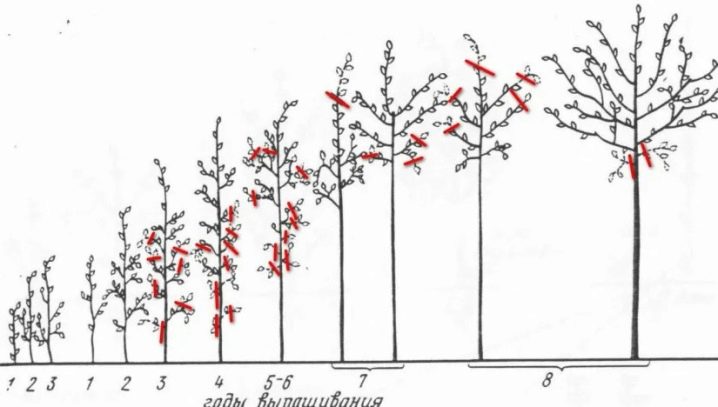
Reproduction
Under natural conditions, the tree propagates by root growth or seeds. With regard to gardening, farmers prefer the following methods of breeding tree hazel.
- Arc layering. Immediately with the onset of spring, the shoots bend down, after which they fit into a dug hole to a depth of 15 cm.In this case, the top must necessarily remain above ground level, and the stem part is fixed with clamps. By the fall, you can already see the roots on it. This part is separated from the mother tree and transplanted to another place.
- Offspring. Young growth grows from hazel roots, and after 3 years after emergence, it can be used for planting. To do this, the offspring are split off, separated from the main root system with an ax and transplanted into the designated place.
- Vaccinations. This can only be done with a version of the plant that grows in natural conditions, since it does not have offspring. Cuttings are carried out in March, and budding is carried out in September.
Most gardeners say the best time to get a graft is in the middle of summer. It is during this period that the excellent survival rate of grafting materials is noted, and they merge remarkably with each other.
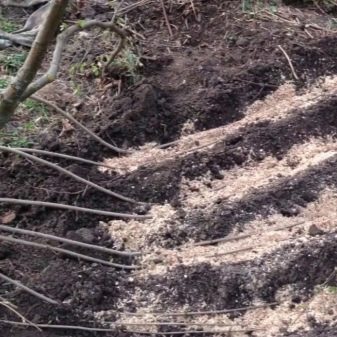

Another breeding method is to divide the bush. This is a fairly simple method, which involves digging out the root system of the plant and dividing it into halves so that each has its own roots. Now the hazel can be transplanted to another place, and the roots are best treated in advance with a solution of potassium permanganate. This will allow for disinfection to protect against infectious and fungal diseases.
Thus, tree hazel is a perennial tree that has a bountiful harvest and can germinate in all conditions. This is what greatly simplifies the process of growing a crop for gardeners.
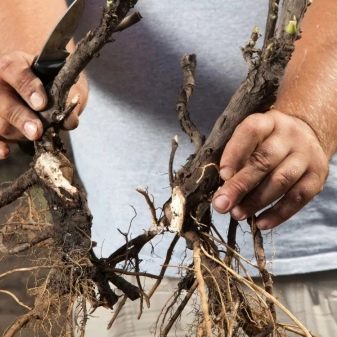
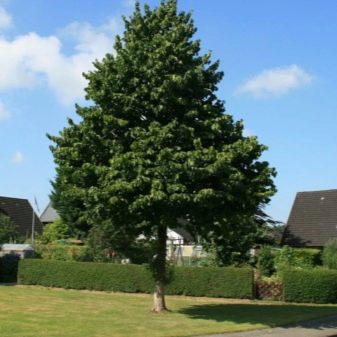









The comment was sent successfully.